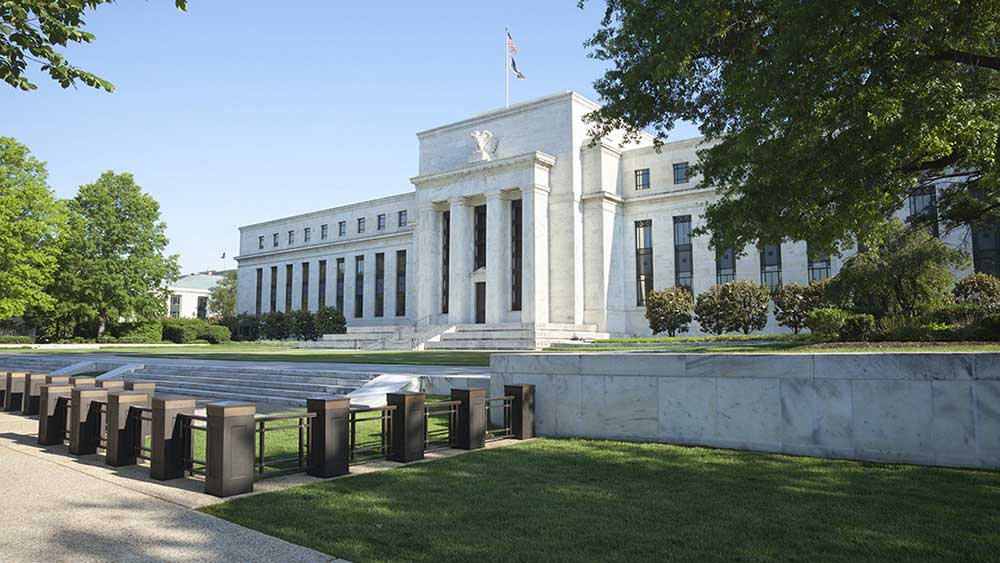Initial jobless claims jumped to their highest level since last summer, while core producer prices were unchanged, increasing the chances of a Federal Reserve rate cut in September. The S&P 500 fell in Thursday morning stock market action.
X
While the Fed’s new forecasts on Wednesday signaled the likelihood of a single rate cut this year, Wall Street took solace in the upbeat CPI data. Chairman Jerome Powell said one more set of data like the CPI could change the outlook for a Fed rate cut, and the benign PPI data provided a second round of good news. Moreover, the first real sign of a softening labor market could lead to a more sudden shift in Fed policy.
Claims for unemployed
Initial claims for jobless benefits rose by 13,000 to 242,000 in the week to June 8. That lifted the four-week average to 227,000 from 222,250.
Jobless claims haven’t been this high since August 2023. The four-week average rose to the highest level since last September.
PPI inflation
The overall producer price index for final demand fell by 0.2% on the month, well below forecasts of +0.1%. PPI rose 2.2% from a year earlier, missing estimates of 2.5%.
Core PPI, excluding food and energy, was flat against April, below views for a 0.3% gain. The 12-month inflation rate of 2.3% fell below the 2.4% forecast.
This follows May’s 0.16% rise in core CPI, the smallest monthly increase since August 2021. This could signal the renewal of a disinflationary trend. However, Powell made it clear that an inflation report is not nearly enough to give the Fed the confidence it needs to start cutting rates.
Main components of the PCE price index
The CPI headline mainly measures the prices businesses charge each other, which can feed into consumer price inflation. However, some components of the PPI feed directly into the Fed’s primary measure of inflation, the core PCE price index.
Health care services are the most important, as they are the largest component of core PCE price inflation. In May, prices for selected health care industries rose 0.8%, not adjusted for seasonal factors. From a year ago, prices for health care services rose 3.5% versus April’s 2.9% increase.
However, other components offered some good news. Airline passenger service prices fell 4.3% in May. This compares with a 3.6% decline in the CPI ratio of airline fares.
Portfolio management services costs, which tend to rise with the S&P 500, fell 1.8%.
Combining PPI and CPI, Morgan Stanley economists are now forecasting core PCE prices to rise just 0.12% in May.
Chances of a Fed rate cut
After the jobless claims and PPI data, markets priced in a 68% chance of a rate cut from the Fed’s Sept. 18 meeting, up from about 62% before the data, according to the CME Group FedWatch tool. Before yesterday’s CPI, the odds were around 50%.
Markets now see a 69% chance of a two-quarter point rate cut this year.
S&P 500
The S&P 500 opened slightly higher but was down 0.2% in Thursday morning stock market action. On Wednesday, the S&P 500 rose 1%, ending at a new record closing higher for the 28th time this year.
The 10-year Treasury yield was down 2 basis points to 4.28%.
Be sure to read IBD’s The Big Picture column after each trading day to get the latest on the prevailing stock market trend and what it means for your trading decisions.
YOU MAY ALSO LIKE:
These are the 5 best stocks to buy and watch right now
Join IBD Live every morning for stock tips before the open
IBD Digital: Unlock IBD’s premium stock lists, tools and analysis today
How to make money in stocks in 3 easy steps
Nvidia Hits New Record After Stock Split; Is it a buy now?
